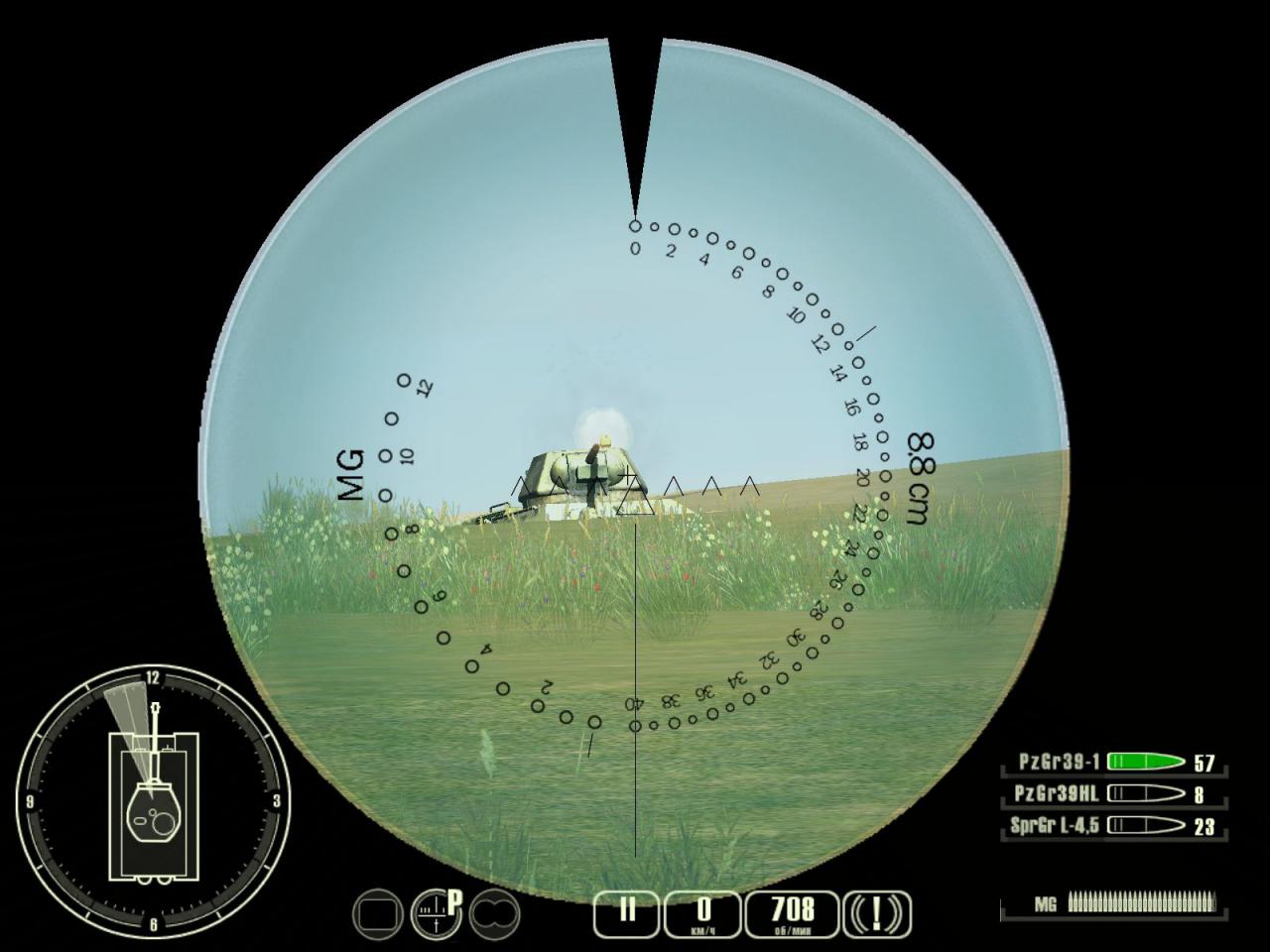

As Operation Citadel advances, Junkers Ju-87Ds overfly an advancing armored unit in the Belgorod-Oryol region as they return from a close support mission on July 10, 1943. Without air power, the Germans lacked a vital ingredient for their projected Blitzkrieg. Even in February 1943, five months before the battle began, Hitler spoke of his new tanks as a “gigantic concentration of the newest offensive weapons” that would restore German superiority on the Eastern Front. The Kursk battle is most often remembered as a gigantic tank clash, when German Tigers, Panthers and Ferdinands crashed into Soviet defensive lines that bulged westward around the Russian city. Yet despite this initial success, the seeds for a German defeat at Kursk had already been sown, in the air and on the ground. In terms of numbers, that made it the Luftwaffe’s greatest day of air combat in the entire war. The Germans reported 367 victories that day.

The German pilots in their Messerschmitt Me-109s and Focke-Wulf Fw-190s had a field day against their Soviet adversaries and their inferior Yakovlev fighters. Think It’s Easy to Destroy Tanks With Airplanes? Think Again At the Battle of Kursk, the Nazis Learned You Can’t Win a Tank Battle Without Air Power Close


 0 kommentar(er)
0 kommentar(er)
